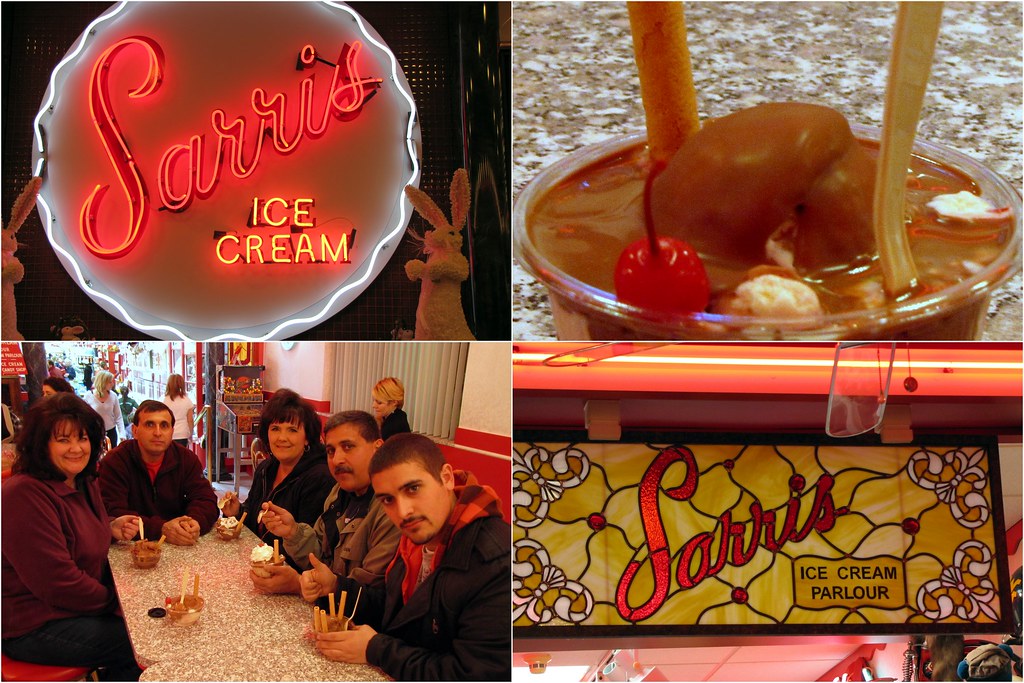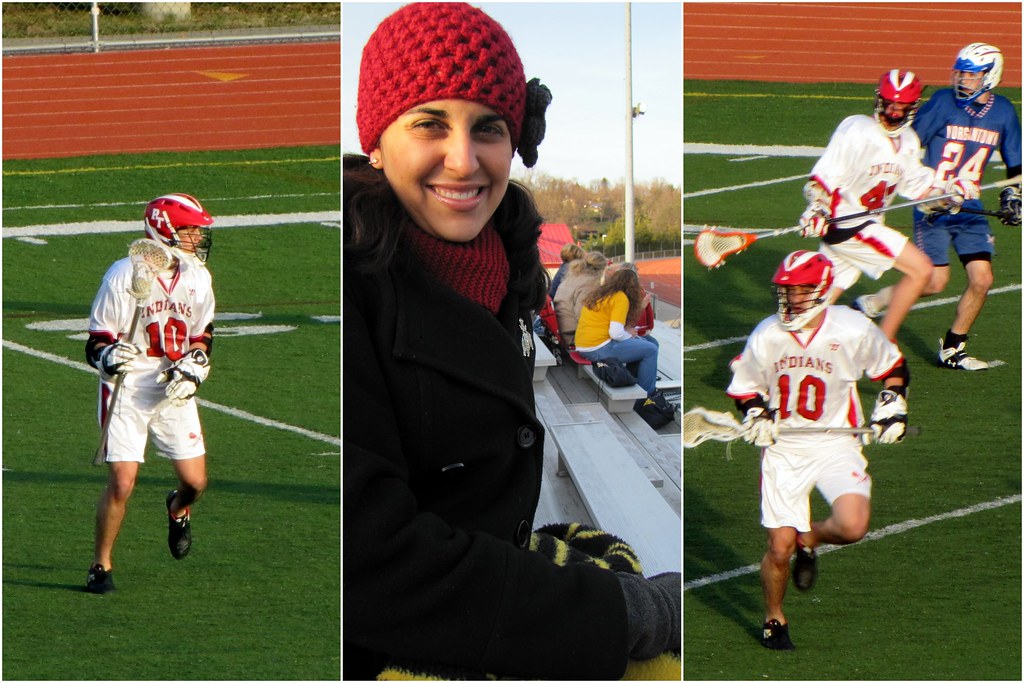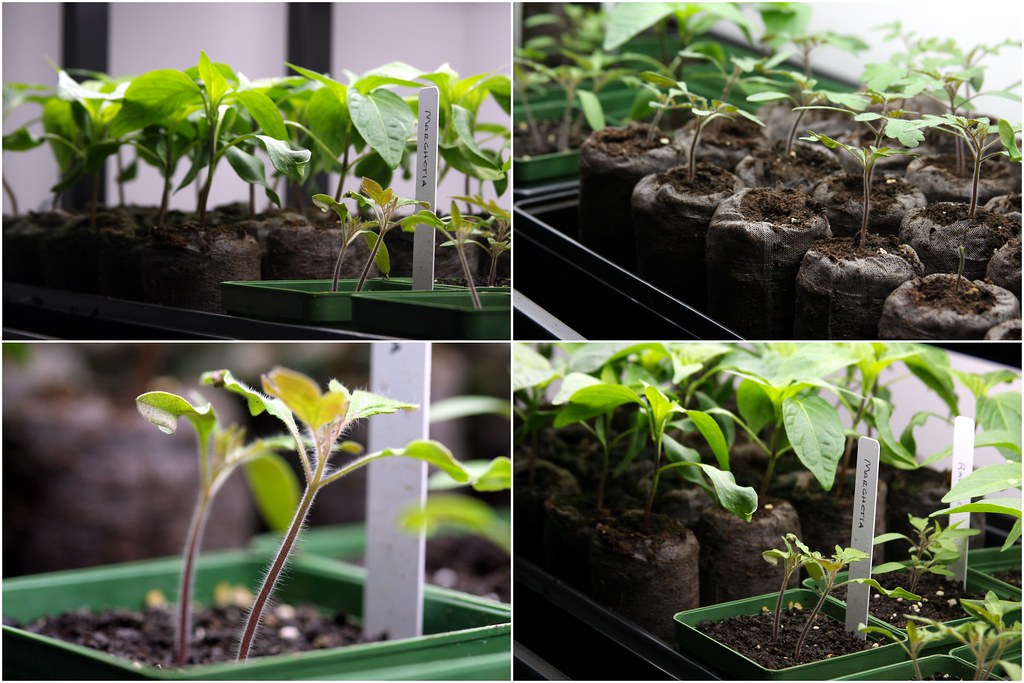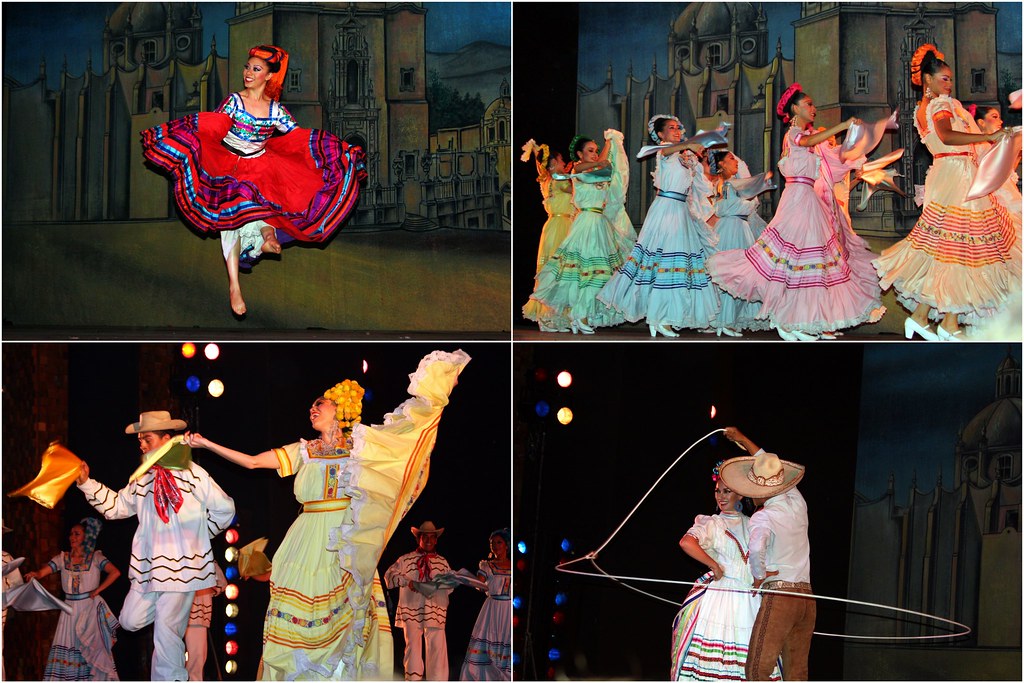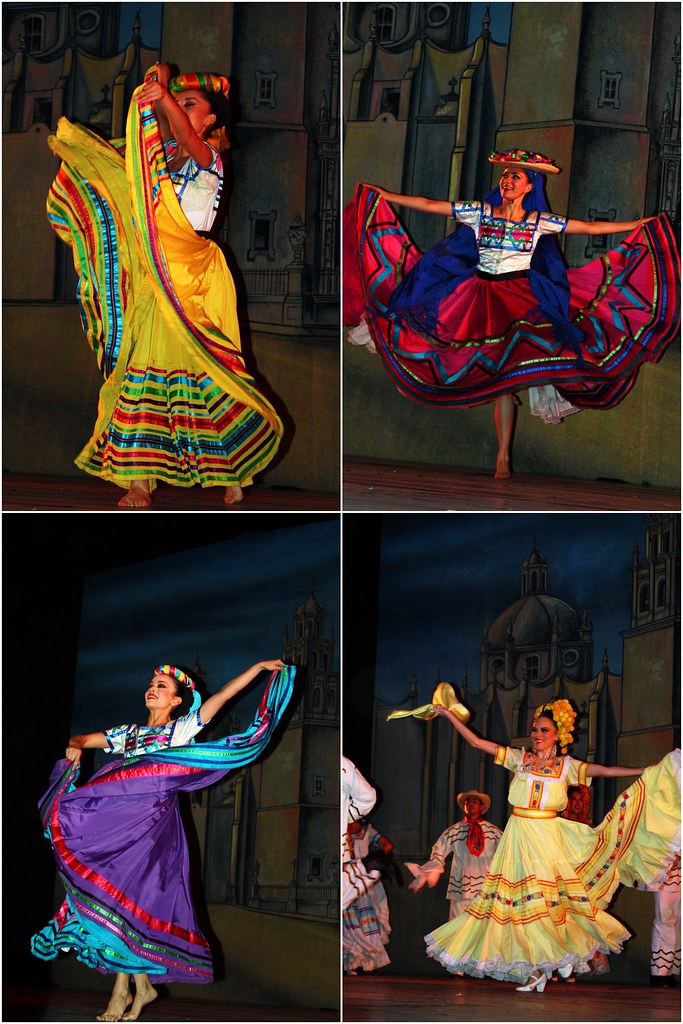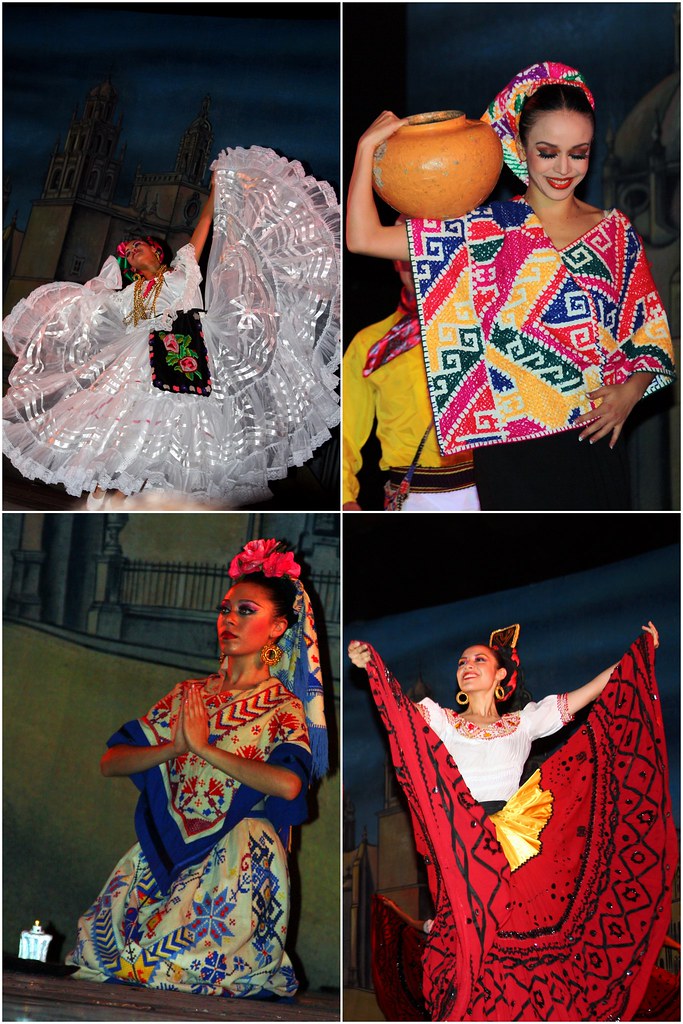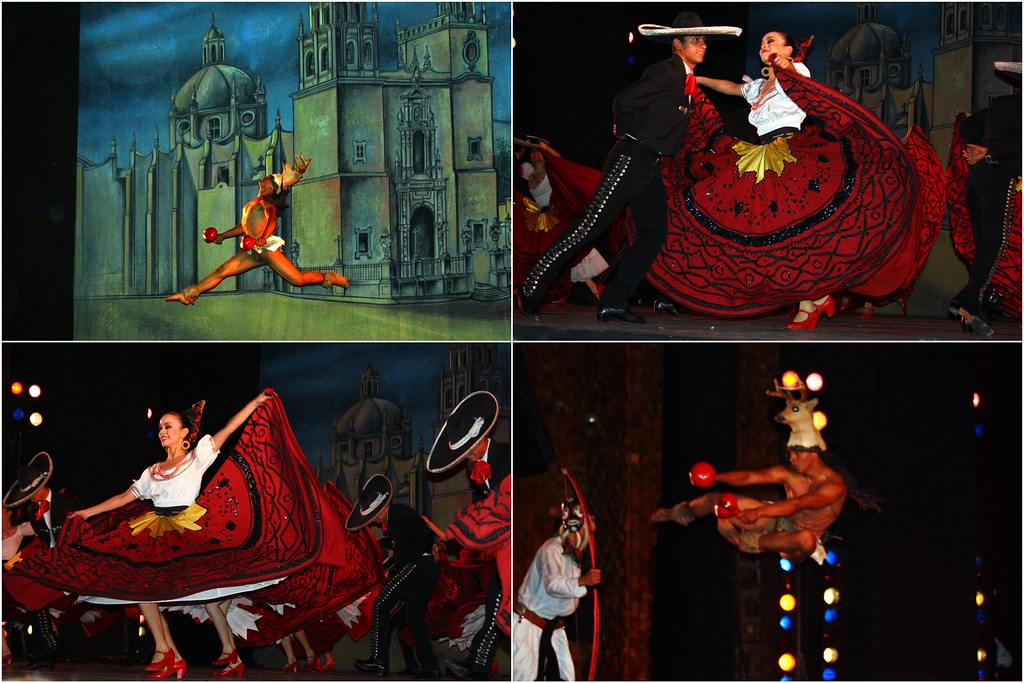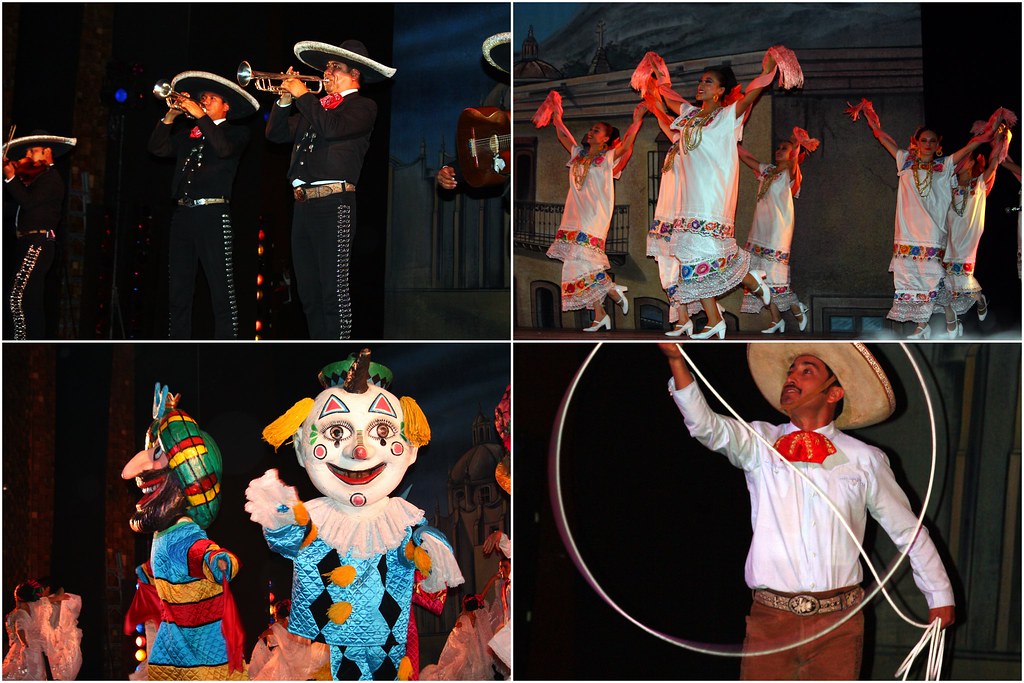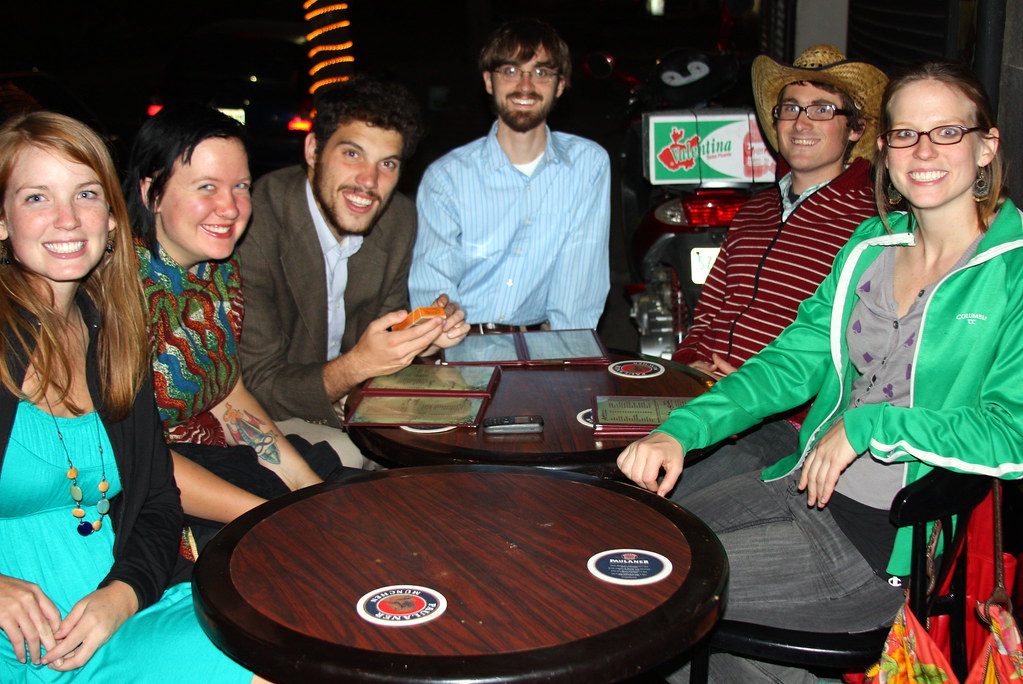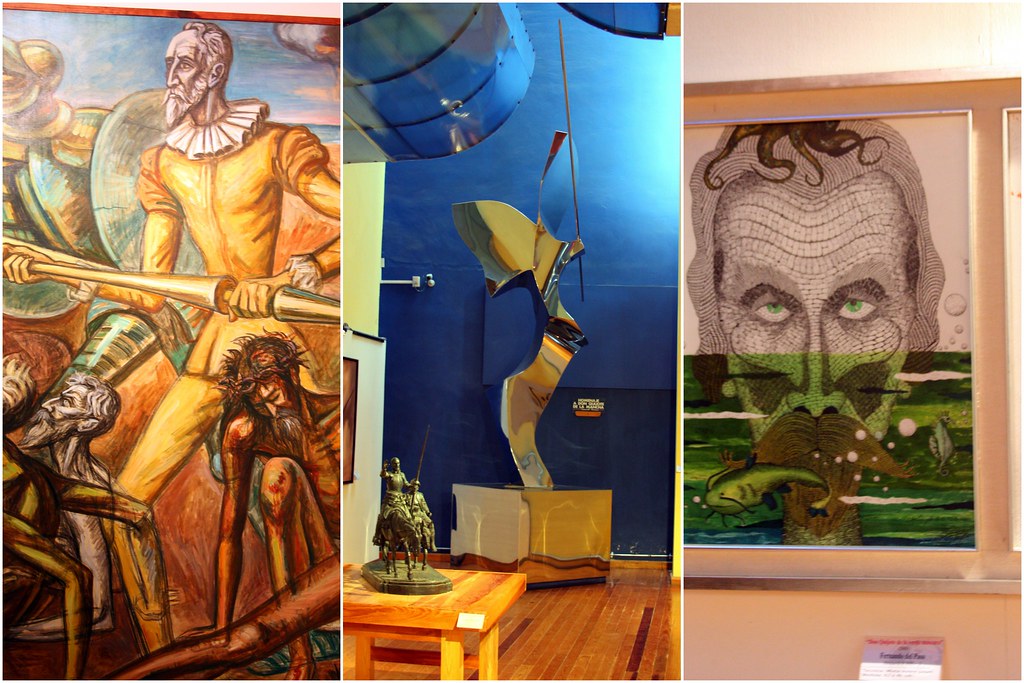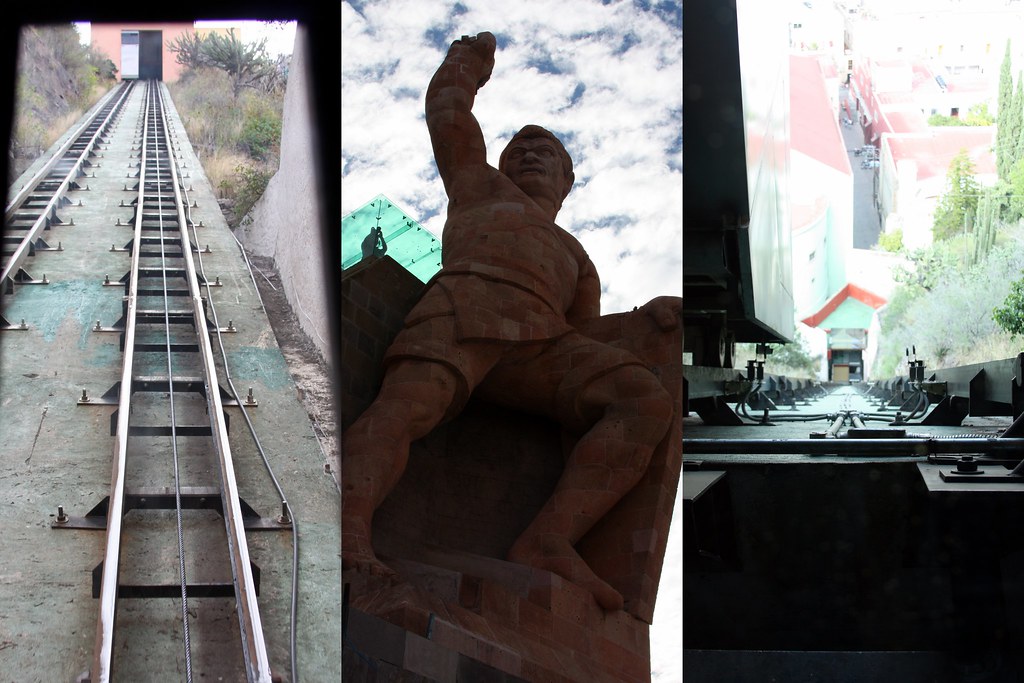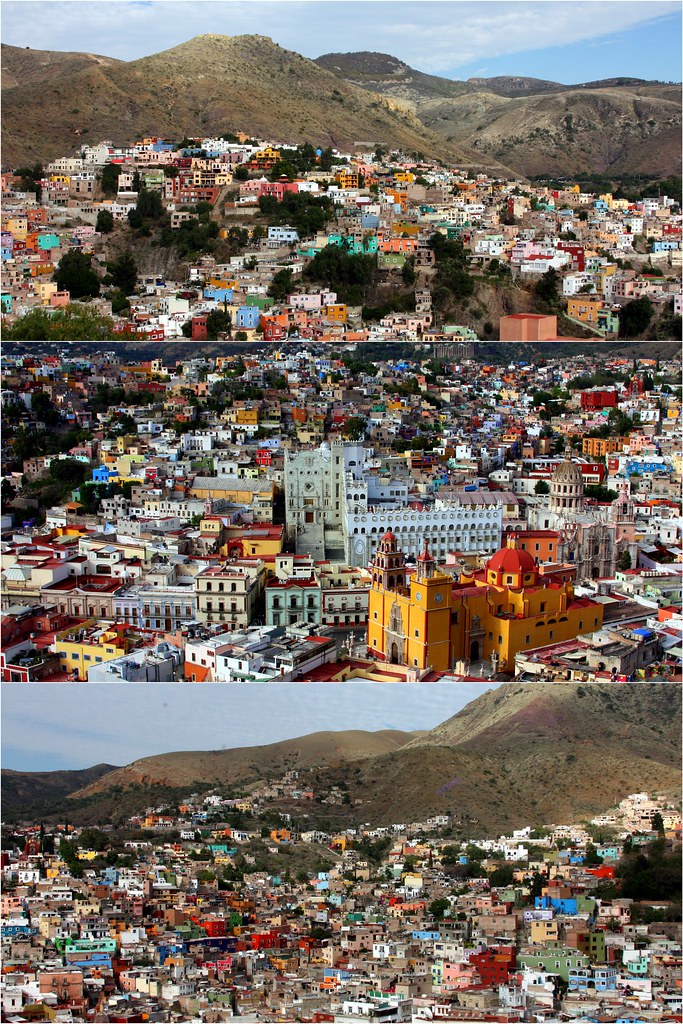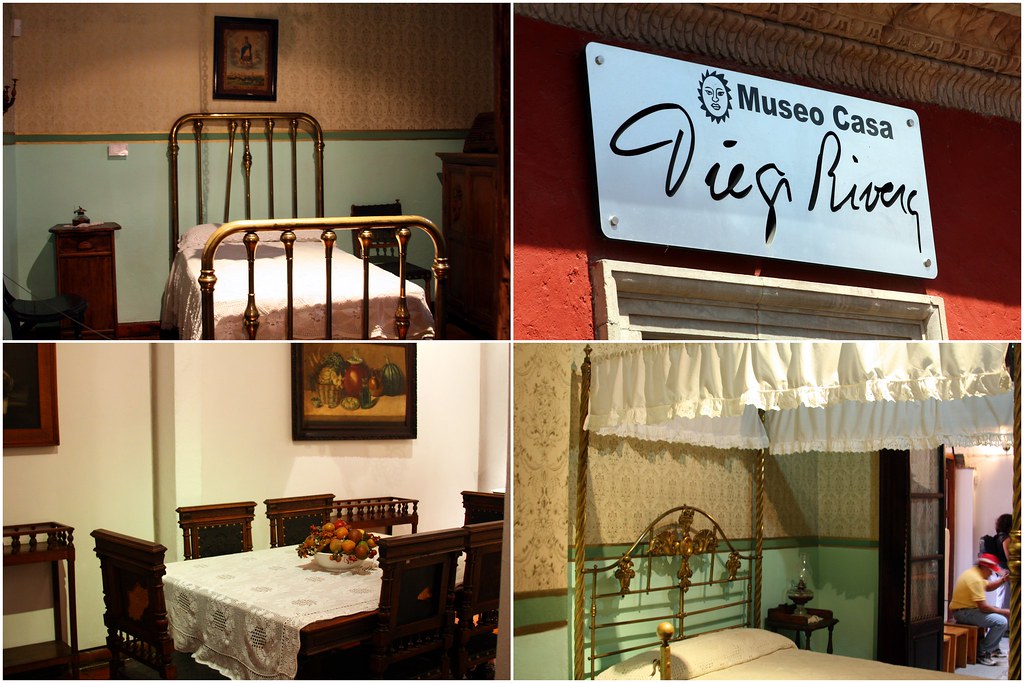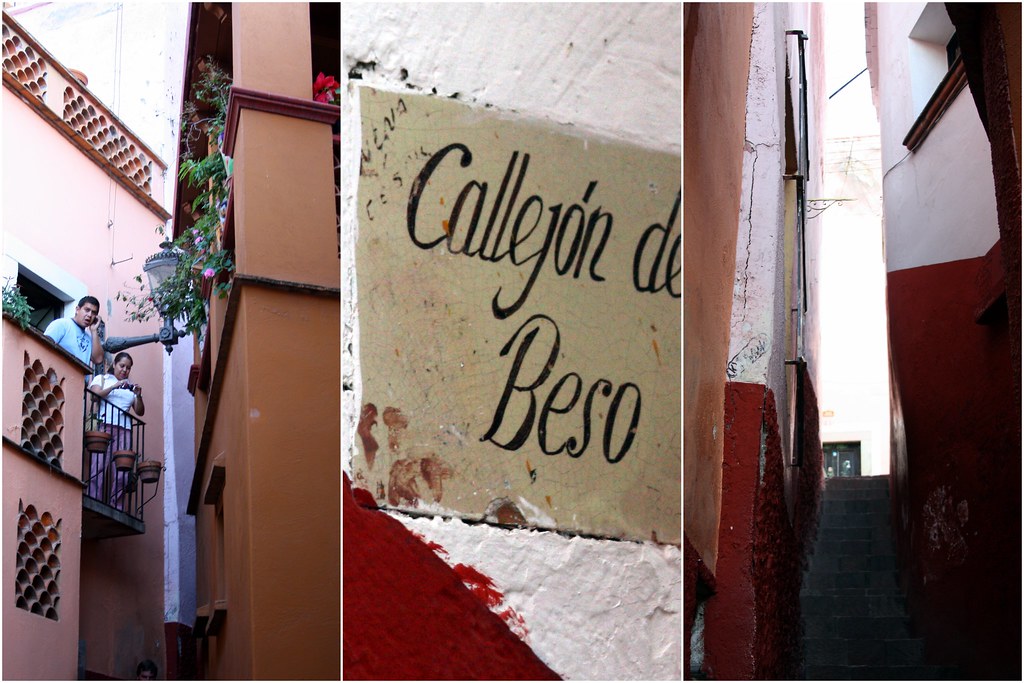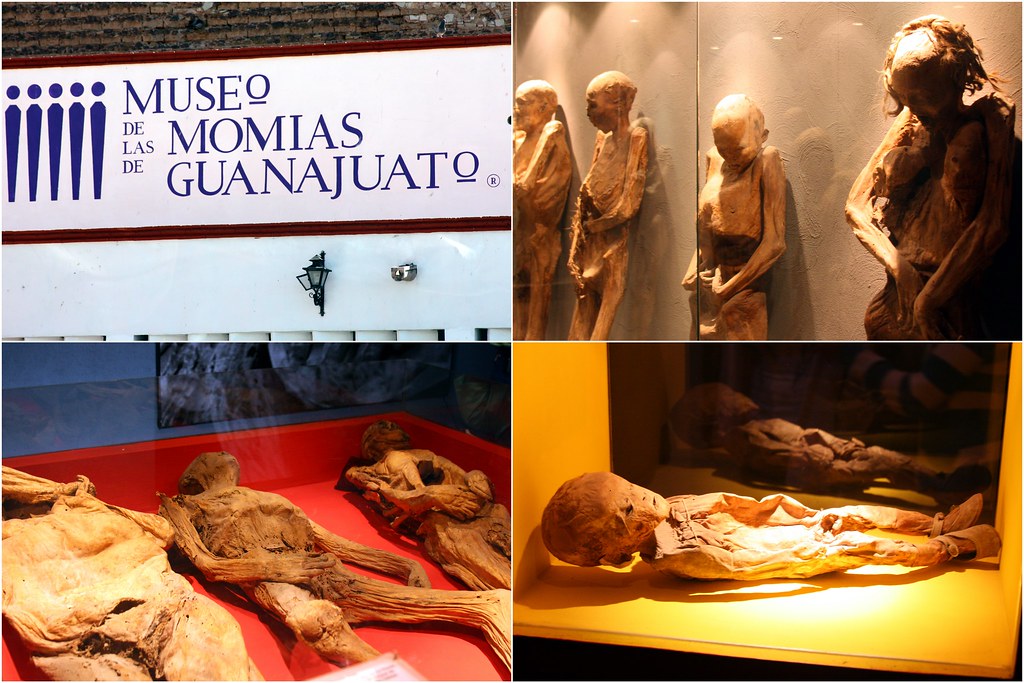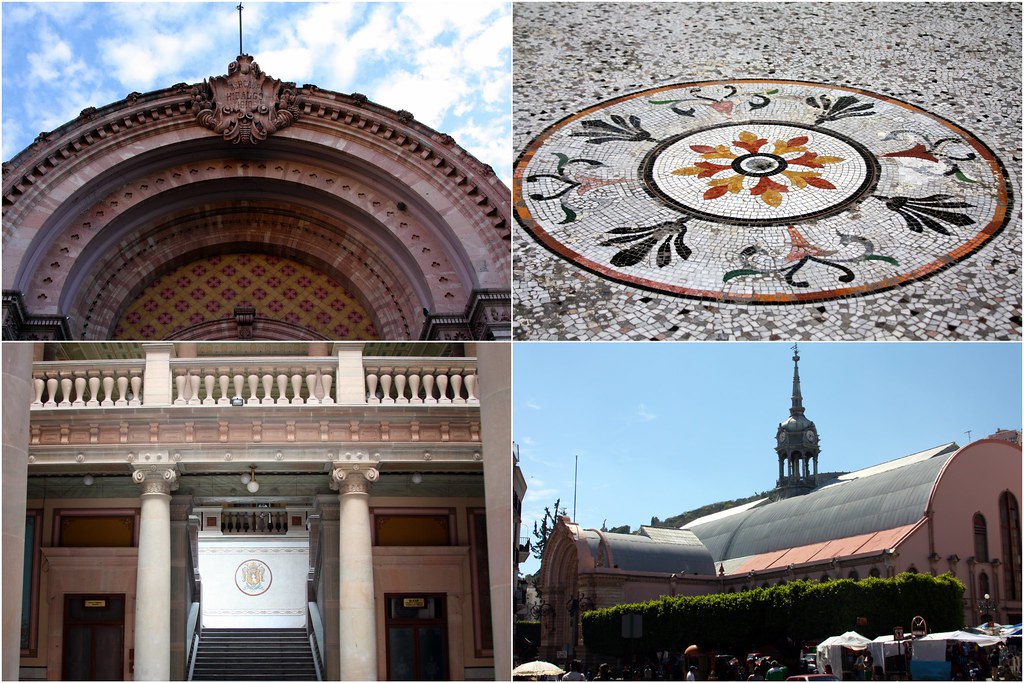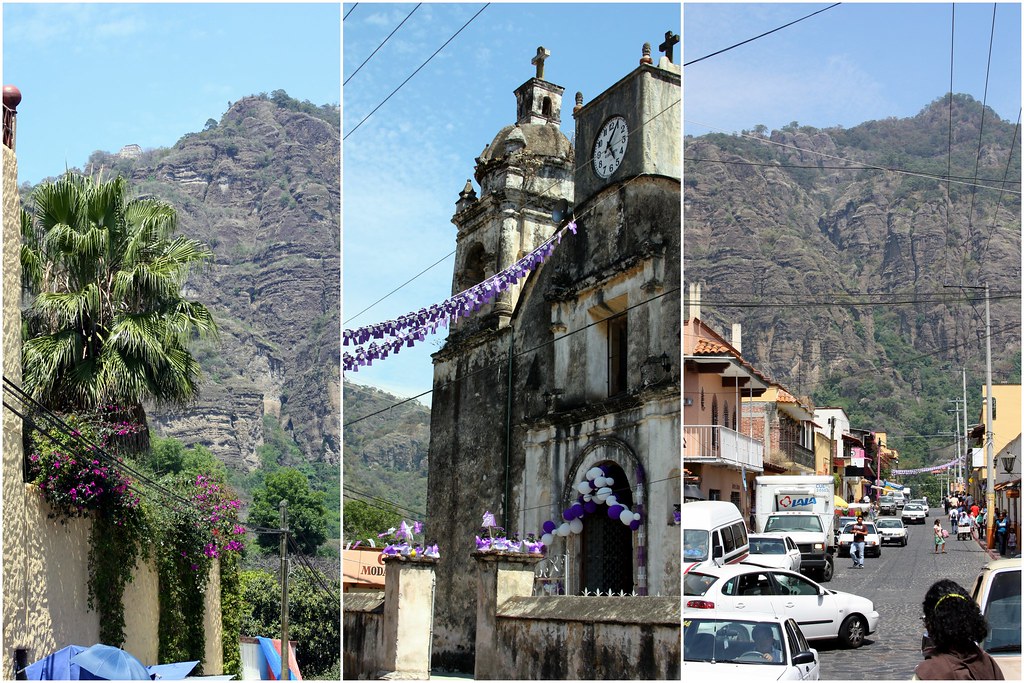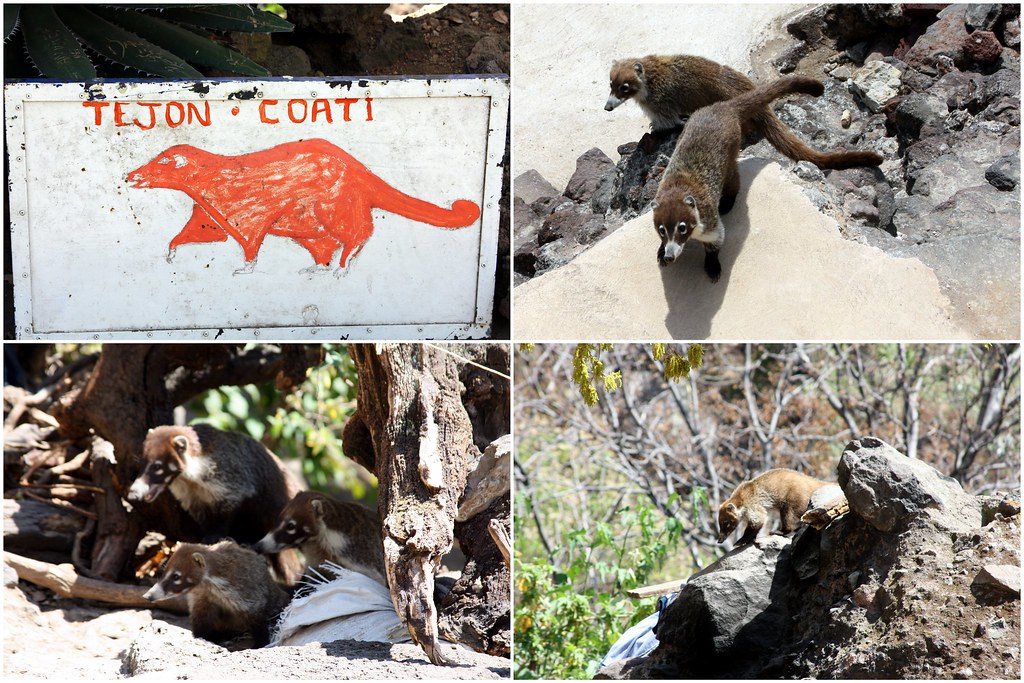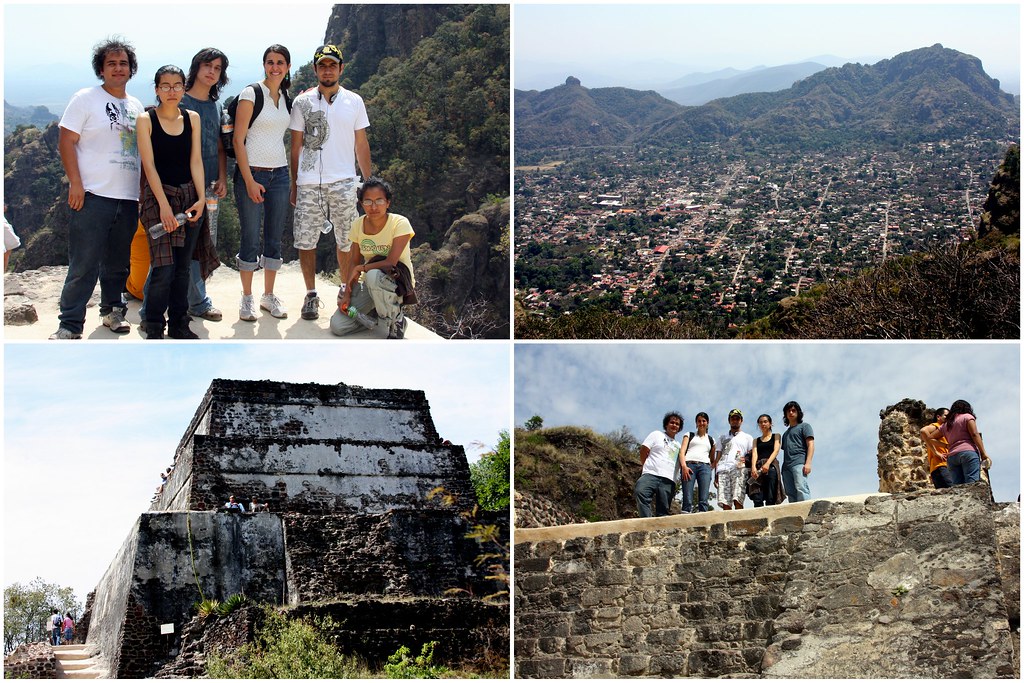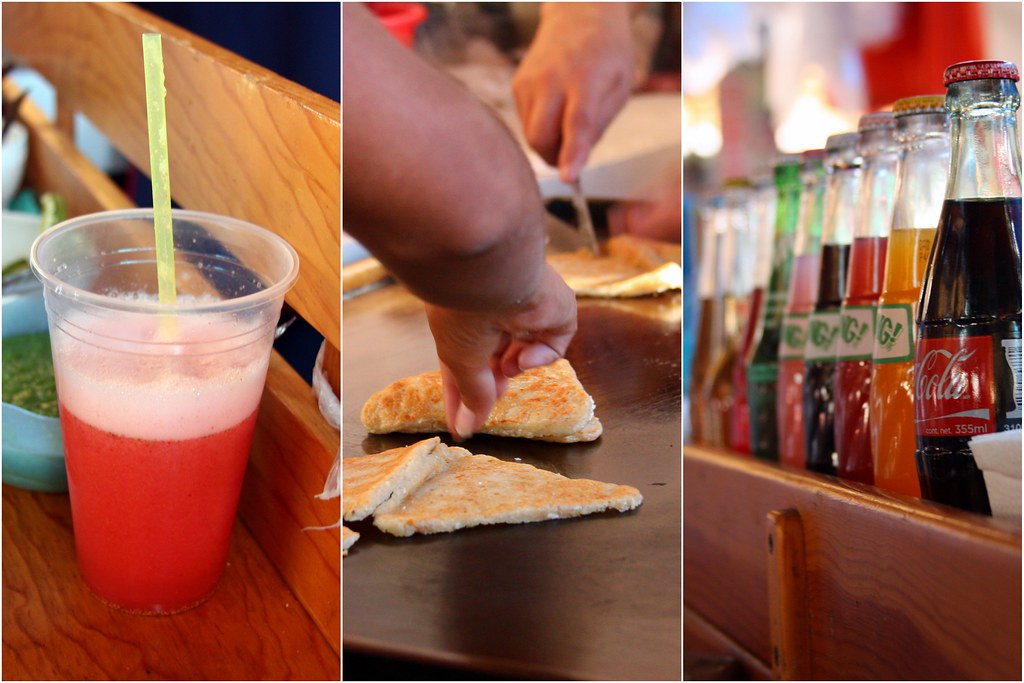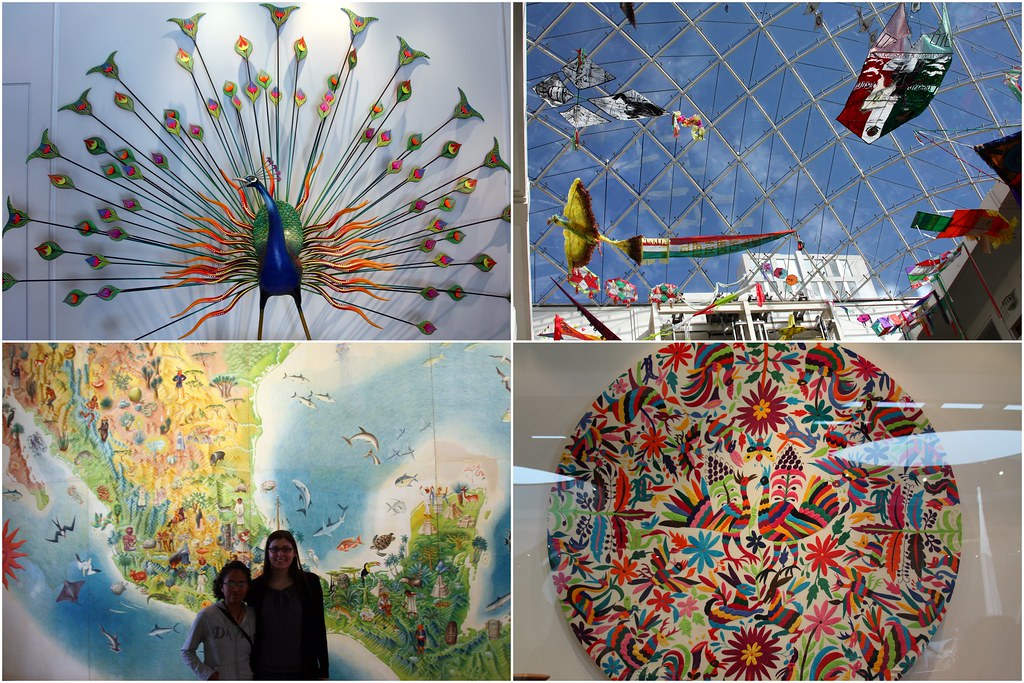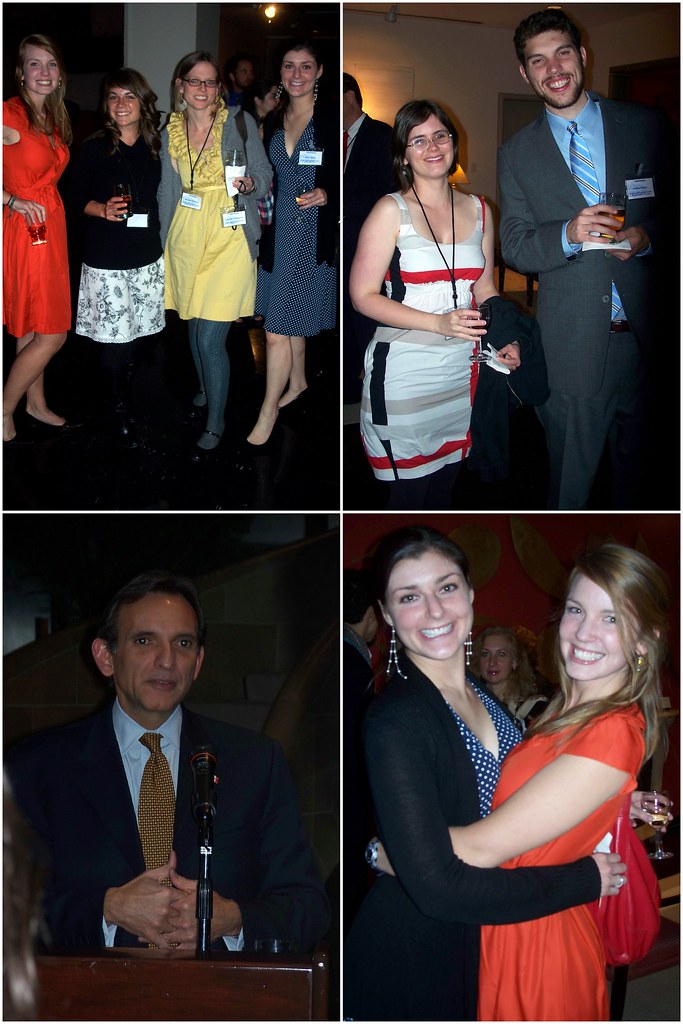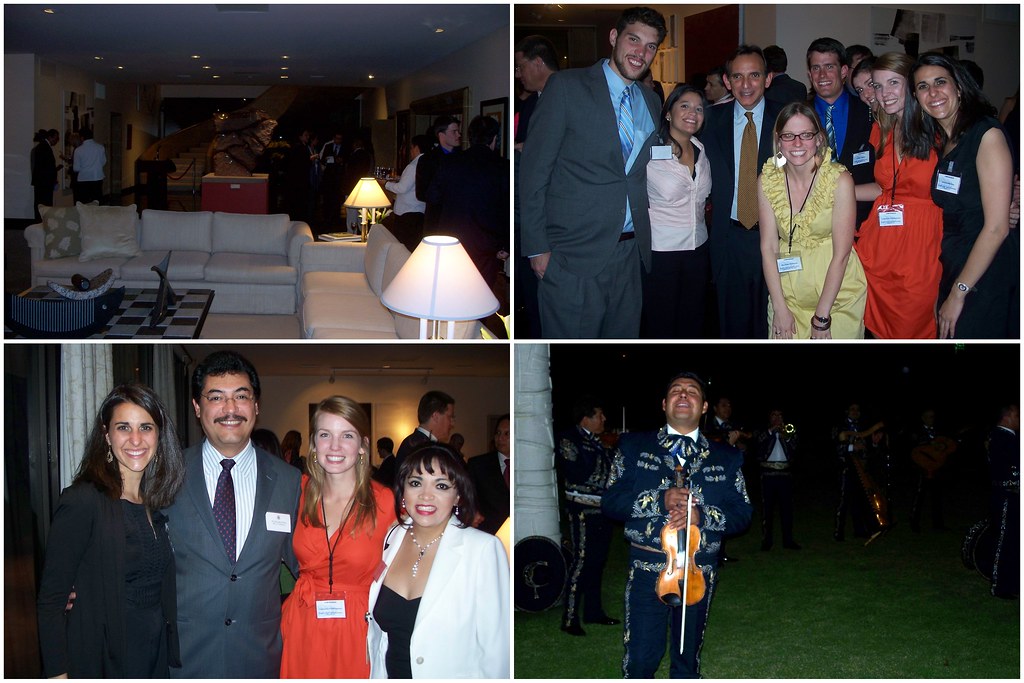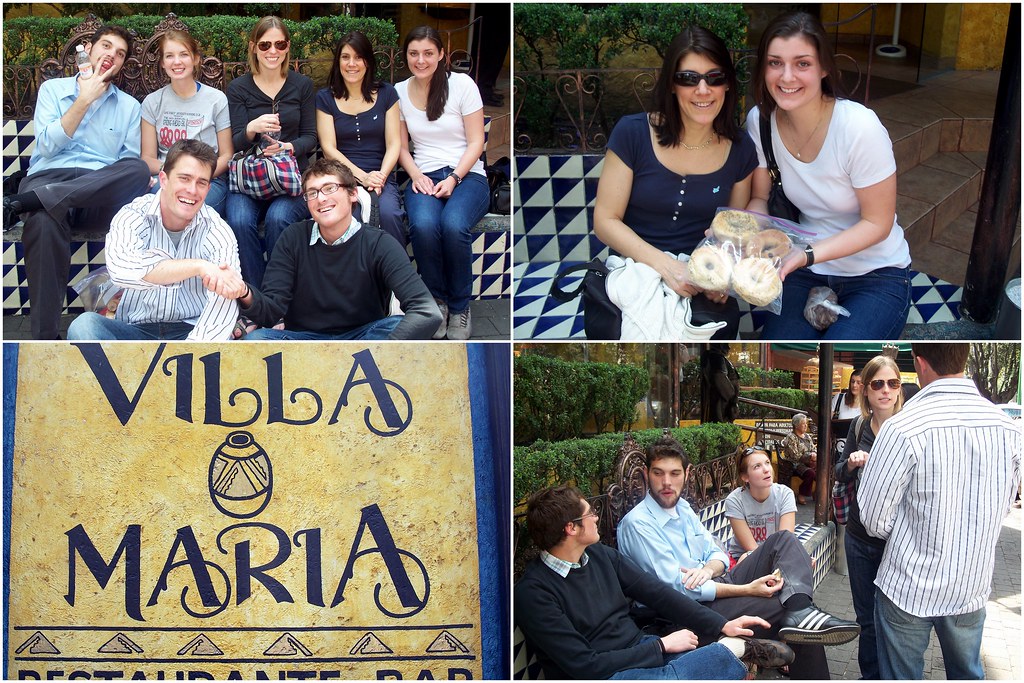March 28, 2010
Home to Pittsburgh!
My lovely family welcomed me at the airport, and I came straight home to a delicious dinner of Mom’s warm stuffed shells. Yum-o! Then, it was off to one of my most favorite places in all of Pittsburgh, Sarris Candies. I enjoyed every bite of my strawberry cheesecake ice cream bathed in warm and melty milk chocolate hard cap. Heaven.
Yesterday, I attended my brother, Daniel’s lacrosse game at the Peters High School. It became cold and windy when the sun sunk down over the hill, but I managed to survive.
Dan’s team won (13-1), yay! (In case you are wondering, Dan is number 10).
As always, things have certainly changed since I left home in August. The chickens (or the Girls, as my mom likes to call them) are full-grown now and are laying some beautiful eggs. Can’t wait to use those pretty eggs to bake something delicious!
My dad also has his garden started down in the basement. Some lovely little tomato plants have sprouted (there are several different varieties, including some heirloom tomatoes) and a few basil plants are popping through the soil. Peppers will go in soon, and by the time I come home in June everything should be almost ready to eat. Can’t wait!
While I certainly love Mexican food, there is nothing like home-cooked meals and treats. Check out these gorgeous pecan cinnamon rolls that my dad made this morning. Absolutely scrumptious!
There is lots more to do and many people to see during my short getaway to Pittsburgh, but I’m looking forward to lots of fun this upcoming week. I’ll keep you posted!
Click for more pictures!
Abrazos from Pittsburgh, Nicole
Read More!
March 22, 2010
Ballet Folklórico
The ballet far surpassed my expectations. I was so taken by the live music, vibrant dancing, and colorful costumes. While pictures can certainly capture color and movement, they cannot capture sound. So, here is a YouTube clip to give you an idea of what the music was like.
Please take a chance to enjoy these pictures of the Ballet Folkórico de México.
Click for more pictures!
Abrazos, Nicole
Read More!
March 16, 2010
Charming Guanajuato
When I arrived in the city on Saturday afternoon, I left my stuff at the hostel and went exploring with camera in hand. I couldn’t get enough of the cute little plazas that popped up around each corner, the stone tunnels, and the cheerful nature of the city.
One of the first stops I made was at the Museo Iconográfico del Quijote. (Side note, I get into a lot of museums free or at half price with my teaching ID. So cool!) There are over 800 pieces in this museum depicting the legendary Don Quijote in some form or another. From wire sculptures, to paintings, to stained glass murals the depictions of Miguel de Cervantes’ literary figure were quite interesting.
After the museum, I went strolling a little more and came across the Funicular Panorámico al Pípila de Guanajuato. I know you are thinking, “What the heck is that?” Basically, it is an incline that takes you up the side of a mountain to see a breathtaking view of the city. Who ever thought I would ride an incline outside of Pittsburgh?! Love that! At the top of the mountain, there is a large stone statue dedicated to a local hero of Guanajuato, Juan José de los Reyes Martínez, better known as “El Pípila.” He was part of the Independence movement in Guanajuato.
Let me reiterate that the views from the top are quite fantastic. The splashes of color that define the city’s buildings are tucked nicely into the folds of the rolling mountains. Simply beautiful.
Continuing on my journey, I came across the Museo Casa Diego Rivera. The famous Mexican muralist, Diego Rivera was born in Guanajuato. (If you do not know who he is, please check out his lovely artwork here. He is certainly one of my favorite painters.) The museum is located in the house that he was born in. The downstairs of the museum showcases original pieces of furniture used by his family, while the upstairs displays much of his portraiture work.
One final stop on my first day in Guanajuato was the Callejón del Beso (Alley of the Kiss). The buildings in this alleyway are separated by a mere 69 centimeters (2.25 ft.) According to legend, the daughter of a wealthy man fell in love with a suitor her father did not approve of. The father planned to send his daughter to Spain to marry an older and wealthier man instead. Upon hearing this, the young suitor bought a house directly across from his lover’s so that he could be close to her. One night the two star-crossed lovers leaned out their windows to give each other a goodnight kiss. The girl’s father caught them in the act, flew into a rage, and plunged a dagger into his daughter’s chest. As tragic as the story is, it is said that if a couple kisses one another on the third balcony they will have 7 years of good luck. So, if you break a mirror head to Guanajuato with a special someone.
The next morning, I rose bright and early to the sound of church bells ringing nearby. My first stop was the Museo de las Momias (Mummy Museum). The Guanajuato mummies were discovered in a nearby cemetery and were dug up between the years 1865 and 1958. Why were these bodies exhumed, you ask? Well, the local law required relatives to pay a kind of grave tax. You could pay the tax once and be done with it (for wealthier individuals) or you could pay a yearly fee (for the less wealthy). If the relatives could not pay this tax for three years, the body was dug up from the cemetery and put on display in the Mummy Museum. Fortunately, in 1958, the law was changed and no new bodies have been dug up.
For some reason or another, some of these bodies underwent a natural process of mummification. A large number of the mummies that appear in this museum have their skin and hair intact and are dressed in their original clothing. Judging by the positioning of hands and mouths, you can also notice that some of these individuals were buried alive. Really creepy, I know.
After surviving the shivers brought upon by the mummies, I headed over to the Alhóndiga de Granaditas (Public Granary). The building was constructed from 1798 to 1809 from two types of local stone that give it its reddish-greenish appearance. In 1810, Independence leader, Miguel Hidalgo, threatened to take over Guanajuato city. Many Spaniards living in Guanajuato barricaded themselves in the building. While the insurgents were successful in sacking this building, they were eventually caught and beheaded. The heads of Miguel Hidalgo, Ignacio Allende, Juan Aldama, and José Mariano Jiménez were hung from the four corners of the Alhóndiga to discourage other independence movements. The heads remained hanging for 10 years until Mexico achieved its independence. Later, they were taken to Mexico City and put to rest under the Ángel de Independencia.
As the afternoon rolled in, I headed over to the Mercado Hidalgo, the souvenirs market where you can get local sweets. Then I stopped by the Palacio Legislativo (Legislative Palace), constructed in the 19th century under the highly elegant presidency of Porfirio Díaz.
With my stomach telling me it was time for lunch, I made a stop at the Santo Café, thanks to Renee’s recommendation. I enjoyed a delicious crepe (surprisingly a popular item on the menu) filled with tomatoes, mushrooms, and cheese and a refreshing agua de fresa (strawberry juice). Finally, I passed the rest of the afternoon on the steps of Teatro Juarez observing the local performances and taking in the warm sun. Then it was back to the hustle and bustle of big Mexico City. If you ever get a chance, I would highly recommend checking out Guanajuato.
Click for more pictures!
Abrazos, Nicole
Read More!
March 7, 2010
I Survived El Tepozteco!
Yesterday, my students from Cuernavaca invited me to come and visit them for the day. I arrived in Cuernavaca around mid-morning and met Clau, Beto, Daniel, Carlos, and Sol at the Glorieta de la Paloma. The sun was shining brightly, and it was nice and hot in the “City of Eternal Spring.” We all hopped on small bus and headed for Tepoztlán, a nearby pueblo.
After ice cream, we headed for the cliff that loomed straight ahead. From the bottom we could see the tiny pyramid sitting atop the mountain…our goal. With our hiking shoes on (or Crocs…as poor Carlos was wearing) we began the ascent. At first it wasn’t so bad. There were nice stone stairs and the slope was not very steep.
But, then all the sudden the steps turned into rocks, and I found myself pouring some serious sweat as we climbed. Holy heck! What a killer! Beto said, “Positive thoughts!” and I was like “All I’m thinking about right now is a break!” Haha :D
We continued to hike and hike, stopping every now and then to take some pictures and catch our breath. After an hour of climbing 1.3 miles, we reached the top! Phew! What a feat!
At the top of the mountain, there were lots of little creatures roaming around called coati. They look like a cross between an anteater, a badger, and a raccoon. Coati species are widespread, occupying habitats ranging from the Amazonian rainforests to cold Andean mountain slopes. They range geographically from southwestern U.S. to northern Argentina. Interestingly, they can communicate their intentions or moods through chirping, snorting, and grunting sounds…something we noticed when we were there.
The view from the top of the pyramid was amazing. Not only could we see the little town of Tepoztlán below, but we could also see larger Cuernavaca in the distance. Not much is known about the actual archaeological site however. It was built in the Postclassical period 900-1519 and was dedicated to the Aztec god Tepoztécatl, a god of the alcoholic beverage pulque. The only way to reach the site is by climbing the steep path on the south side of the mountain.
We relaxed for a while with our feet dangling over the side of the pyramid. The sun was shining on our faces, and a cool breeze blew through our hair. Listening to our stomachs (hungry, hungry), we finally decided to head down the cliff. Without stopping, it took us 40 minutes to get down the hill. While the descent was much easier, it was also quite dangerous because it was very easy to slip and fall on rocks.
When we finally made it to the bottom, we rewarded ourselves with delicious itacates from the market. Itacates are triangular-shaped corn tortilla patties filled with the food of your choice (cheese, peppers, grasshoppers, sausage, etc.) Mmmm :-P We also enjoyed fresh aguas de sabor. I tried toronja con fresa (grapefruit with strawberry). Ahh…so refreshing. After lunch, we explored the nearby market and then stopped by Tepoznieves for one final round of ice cream. Then it was back to Cuernavaca for everyone and back to DF for me. It was so wonderful to see my awesome students, and we look forward to going on another excursion sometime soon!
Click for more pictures!
Abrazos, Nicole
Read More!
March 4, 2010
A Museum, the Ambassador and Some Bagels
A few weeks ago, my awesome friends Claudia and Renee came for a visit. We decided to check out the Museo de Arte Popular-MAP (Museum of Popular Art) one afternoon. I certainly enjoyed the bright, fun colors that characterized a lot of the art. From the embroidered huipiles (blouses) to the beautifully crafted alebrijes (little wooden animals), Mexico’s artesanías (crafts) are truly stunning.
Last week, our Fulbright group had the honor of meeting Mr. U.S.-Mexico Ambassador, Carlos Pascual. We were invited to his fantastic house in Lomas de Chapultepec for drinks and hors d’oeuvres. Oh yeah! How about some flaming pineapple shrimp or some mini Mexican-style hamburgers?
The Ambassador gave a little speech about how great he thinks the Fulbright program is, which it is ;-) Since 1991, more than 3,500 people have benefitted from the Fulbright García-Robles scholarship which is specific to Mexico and the United States. But, the best part of the night was eating off “United States of America” napkins (how often do you get to do that?!) and trying out the amazing quilted toilet paper in the bathroom. The mariachi that played on the back lawn also put on quite a show. All in all, it was quite an adventure (one that involved burnt evening dresses), but we certainly enjoyed the night.
The next day our fabulous Fulbright ETA group went out for lunch in Polanco with Renee’s mom. Not only was the lunch delicious, but Mrs. A brought us bagels all the way from New York. Just let me just tell you how wonderful it was to eat a cinnamon-raisin bagel…these are certainly something I have missed after 6 months in Mexico.
Things are looking sunny and bright here. I am moving into a new house tomorrow (more on that later), and I’m making a return visit this weekend to see my awesome students in Cuernavaca. Have a terrific weekend and we’ll talk soon!
Abrazos, Nicole
Click for more pictures!
Click for more pictures!
March 1, 2010
Esperanza
¿Qué significa esperanza?
"La esperanza es lo último que se pierde."
"Love comes to those who still hope even though they've been disappointed, to those who still believe even though they've been betrayed, to those who still love even though they've been hurt before."
"La misma esperanza deja de ser felicidad cuando va acompañada de la impaciencia."
-John Ruskin
"Never let go of hope. One day you will see that it all has finally come together. What you have always wished for has finally come to be. You will look back and laugh at what has passed and you will ask yourself... 'How did I get through all of that?'"
"Es necesario esperar, aunque la esperanza haya de verse siempre frustada, pues la esperanza misma constituye una dicha, y sus fracasos, por frecuentes que sean, son menos horribles que su extinción."
-Samuel Johnson
"Hope never abandons you; you abandon it."
"La esperanza y el temor son inseparables y no hay temor sin esperanza, ni esperanza sin temor."
-François de la Rochefoucauld
"Hope is faith holding out its hand in the dark."
-George Iles
Abrazos, Nicole
Read More!


